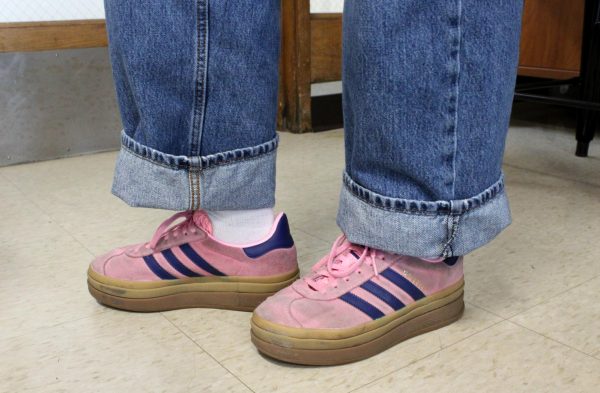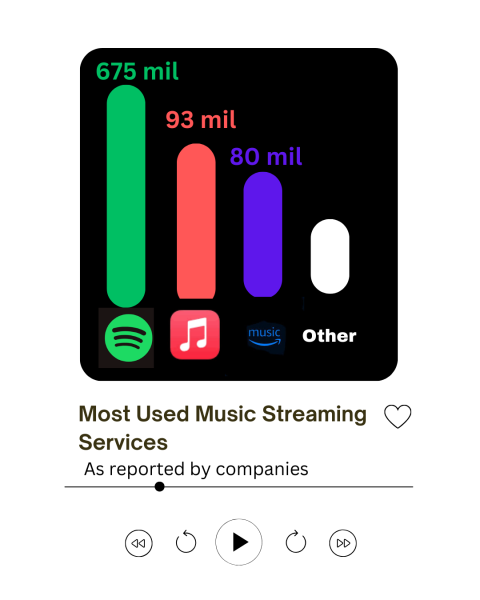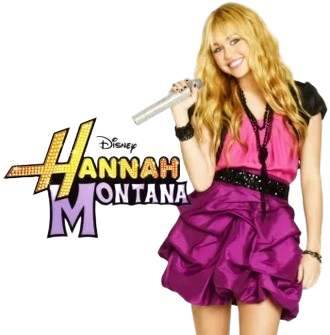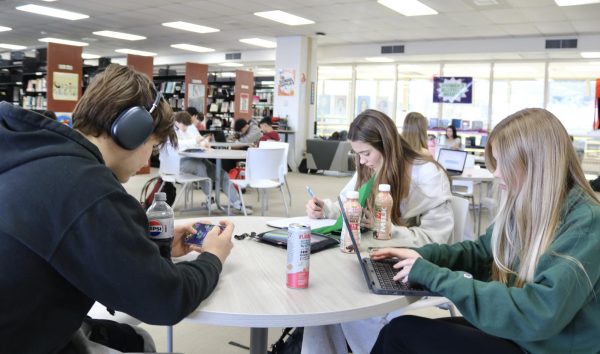Scrolling towards polarization: The danger of TikTok’s “sides”
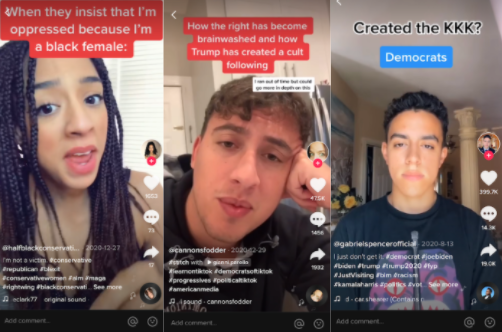
TikTok has dangerously diverged into “sides”-bubbles of communities with the same beliefs: many times resulting in the spread of misinformation.
TikTok has taken the teen population by storm. In less than four years since its launch, TikTok has raced to become the most downloaded app on the Apple app store. According to TikTok itself, 41% of the now 1 billion (!) active TikTok users are in the 16-24 age range. With its short, attention-grabbing videos, catchy music and entertaining challenges, TikTok fever has infected teens all over the world.
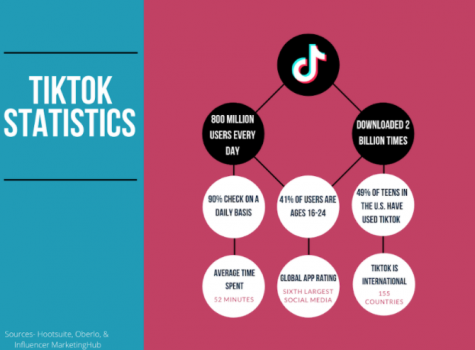
On the surface, TikTok seems relatively harmless. It’s engaging. It’s amusing. It’s an amazing way to waste time. TikTok somehow spits out videos that you can’t help but watch. It discovers your interests, your curiosities, your views. With very few exceptions, the For You Page (FYP) manages to produce exactly the type of content you want to consume. The content is so perfectly tailored, it’s nearly impossible not to watch video after video. I can’t be the only one who tells myself I’ll watch a couple videos and go to bed, only to find that it’s suddenly 4 in the morning.
This uber-personalized content led to what we call the various “sides” of TikTok: Little niche communities where people share the same hobbies, interests, views and senses of humor. Whether it is baking TikTok, or alternative TikTok, or painting TikTok, or Asian TikTok or LGBTQ TikTok, everybody can find their place on the app. Everybody can discover people they identify with, where they belong, where their beliefs are shared. There can’t be anything wrong with that, right?
No. That’s where it gets dangerous.
When we only surround ourselves with people and outlets who echo our views, we limit exposure to views contrary to ours. When our own opinions are reflected back to us, we feel strengthened, empowered, part of a community. When we are surrounded by mirrors, why would we look out a window?
TikTok created the perfect system for these isolated bubbles of belief. These communities operate separately, and if you’re on a certain side, you won’t even realize that other communities exist. Because of the algorithm, you won’t be exposed to any other “sides.” What you believe will be pushed out to you.
What’s more, news and facts are completely blurred with opinion and subjectivity on TikTok. As a result, impressionable TikTok users (counting teenagers), many of whom use TikTok as a news source, are vulnerable to all sorts of misinformation and factual inaccuracies. Yet many just go on believing whatever media they consume, if it means others on their side of TikTok continue to agree with them.
This is especially true when it comes to politics. Our political climate is already so polarized with people indignant at the very idea of taking a step back and even considering looking at things differently. People are so rigid in their beliefs that they are blind to anything else. TikTok adds to this polarization, this separation of people, this perpetuation of ignorance towards others having different views.
And everyone on TikTok is subject to this. I am subject to this.
Just the other day, I was scrolling on TikTok when I came across a video of a black woman claiming that there is no systemic racism in America. That everybody, regardless of their race, gender, or socioeconomic status, has equal opportunity to succeed no matter what.
I was baffled by this. Baffled by this appearing on my FYP, but also by what she was saying. My beliefs -and facts- contradict every single thing this woman was saying. This was an extremely rare exception in which the FYP got my desired content extremely wrong. I made a beeline for the comment section expecting to find it full of counter arguments. To my absolute astonishment, the comments only consisted of agreements. People saying, “Yes, preach!” or “Finally someone says it.” I couldn’t find a single comment of opposition.
After reeling in shock and alarm from the fact that people were supporting this woman’s factually inaccurate claims, I later reassessed it as something to learn from. I was so used to seeing content agreeing with my own political beliefs that I had forgotten that there was a whole other community that disagreed with me. I had witnessed a microcosm from an entire “side” of TikTok cut off from mine. In the comments of that video, there was no one to argue with her, no one to tell her to look at what she was saying differently. She, like me, and countless others on the app, are all parts of bubbles, and we don’t even realize it — because there’s no one there to tell us.
This polarization on TikTok offers a glimpse into what has happened in the U.S. People are in environments entirely closed off from any other beliefs. They are encouraged by others who agree with them, and they become consumed by their views. They know nothing other than what they want to know. This leads to dangerous situations with people doing dangerous things.
The fact that communities where people can find like views exist on TikTok and in America itself is not a bad thing. Opinions and beliefs of people will always be different, and that’s okay. However, the misinformation and factual inaccuracies that exist in many of these communities are a problem. . The best thing we can do is learn to be aware, be open-minded and be empathetic as the next generation.
We just need to listen as much as we speak — or scroll.



